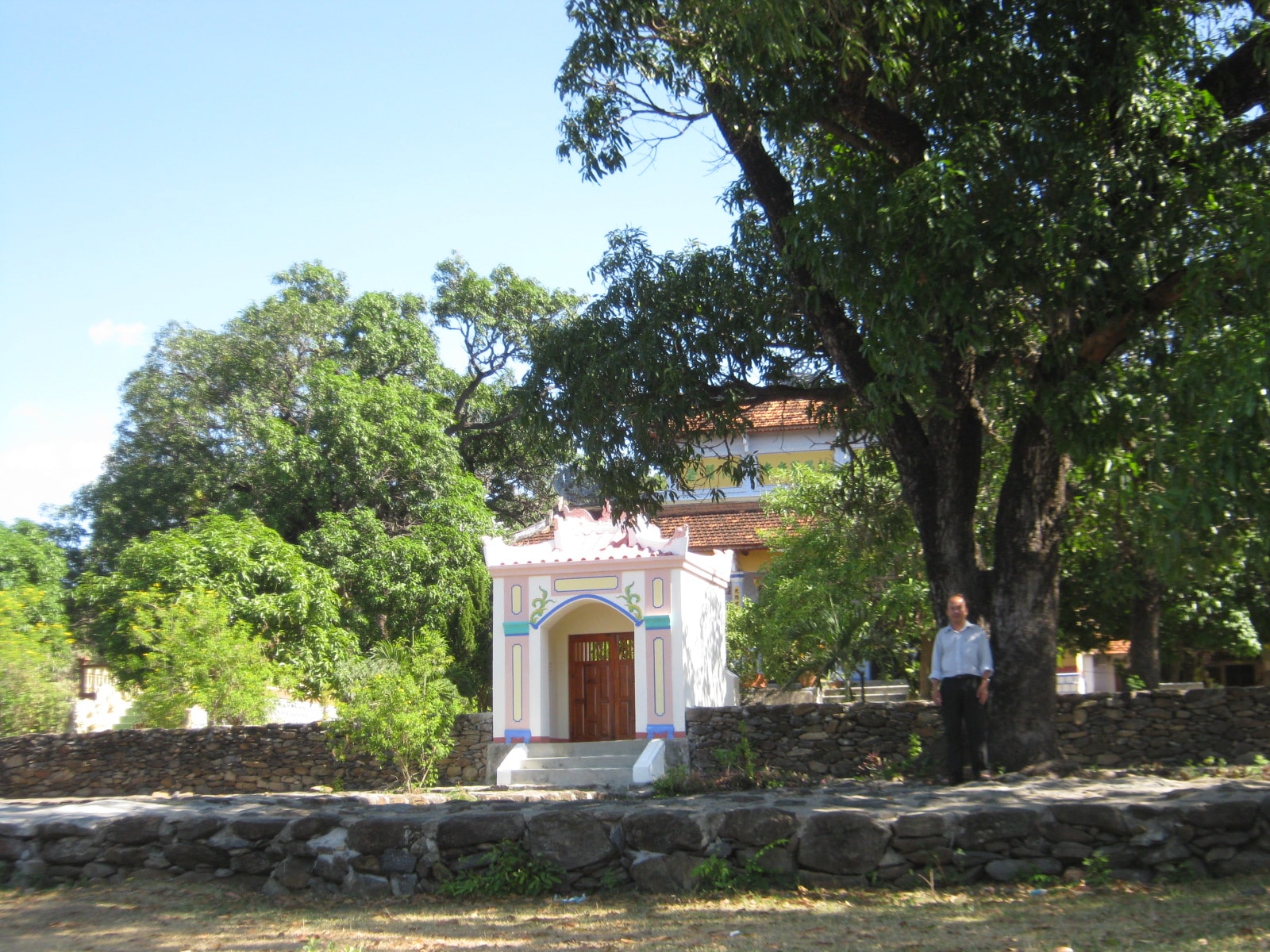
Under the shade of an ancient mango tree, the abbot of Tu Quang pagoda said that according to legend, on his way to battle through Phu Yen, Lord Nguyen Anh was offered Da Trang mangoes by the locals. The unique, fresh and fragrant flavor that he had never seen before made a deep impression on him. So later, under the Gia Long Dynasty, along with Quang Nam bonbon, Da Trang mangoes from Phu Yen became the "second treasure of the royal food". Every Duan Ngo festival, Phu Yen prefecture had to offer the king 1,000 - 2,000 mangoes picked around Da Trang pagoda. The name "Royal" mango was born from there. The "original" Da Trang mangoes now only bear fruit a little each year, mainly to be selected for offerings to Buddha.
Historical records also show that these ancient mango trees existed before Tu Quang Pagoda was established (Dinh Ty year - 1797, during the reign of King Quang Toan of the Tay Son Dynasty). During the reign of King Thanh Thai (Ky Suu year - 1889), the pagoda was granted a royal decree by Queen Mother Tu Du. It is assumed that after the Tay Son Dynasty fell, many Tay Son generals and soldiers shaved their heads and took refuge in this pagoda to avoid the terror of the Nguyen - Gia Long Dynasty. This is the pagoda that witnessed important secret meetings of the leaders of the Can Vuong movement. In the yard of Da Trang Pagoda, there is still a temple to worship two patriotic scholars Vo Tru and Tran Cao Van.
The elders in the area said that the White Stone mangoes at this pagoda are always pure white, unlike other mango flowers that are always yellow. The royal mango is only the size of a fist, when ripe it is light yellow, has a thin skin, thick flesh, and a strong fragrance that spreads far and wide. The reason the mangoes here have a different flavor is because they take root on the white rocks interspersed with jet-black rocks around the pagoda. In recent years, the mangoes have been bearing less and less fruit, and many trees only flower but do not bear fruit.
When Tu Quang Pagoda was recognized as a national historical and cultural relic (1997), Phu Yen's agricultural sector intended to preserve the "fairy tale" mango variety but was still unsuccessful. The White Stone Royal Mango is becoming increasingly rare, each season only a small amount is harvested for the pagoda to worship. Currently, the only hope is the grafting work of some local people and Buddhists... However, as scheduled, on the 10th and 11th of January every year, the Tu Quang Pagoda festival is always crowded with visitors from all over. Hopefully, one day soon, visitors will be able to enjoy the White Stone Mangoes, not only in the old legends...
Source: https://baolamdong.vn/ve-voi-huyen-tich-xoai-da-trang-386965.html



![[Photo] General Secretary To Lam receives President of the Senate of the Czech Republic Milos Vystrcil](/_next/image?url=https%3A%2F%2Fvphoto.vietnam.vn%2Fthumb%2F1200x675%2Fvietnam%2Fresource%2FIMAGE%2F2025%2F11%2F21%2F1763723946294_ndo_br_1-8401-jpg.webp&w=3840&q=75)
![[Photo] President Luong Cuong receives Speaker of the Korean National Assembly Woo Won Shik](/_next/image?url=https%3A%2F%2Fvphoto.vietnam.vn%2Fthumb%2F1200x675%2Fvietnam%2Fresource%2FIMAGE%2F2025%2F11%2F21%2F1763720046458_ndo_br_1-jpg.webp&w=3840&q=75)
![[Photo] Visit Hung Yen to admire the "wooden masterpiece" pagoda in the heart of the Northern Delta](/_next/image?url=https%3A%2F%2Fvphoto.vietnam.vn%2Fthumb%2F1200x675%2Fvietnam%2Fresource%2FIMAGE%2F2025%2F11%2F21%2F1763716446000_a1-bnd-8471-1769-jpg.webp&w=3840&q=75)

![[Photo] National Assembly Chairman Tran Thanh Man holds talks with President of the Senate of the Czech Republic Milos Vystrcil](/_next/image?url=https%3A%2F%2Fvphoto.vietnam.vn%2Fthumb%2F1200x675%2Fvietnam%2Fresource%2FIMAGE%2F2025%2F11%2F21%2F1763715853195_ndo_br_bnd-6440-jpg.webp&w=3840&q=75)
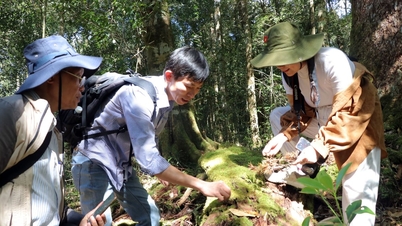











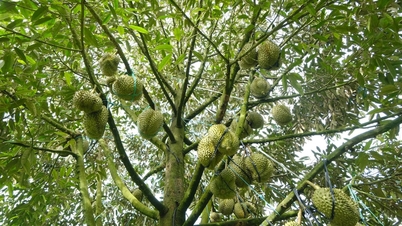
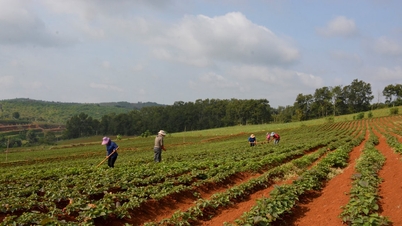
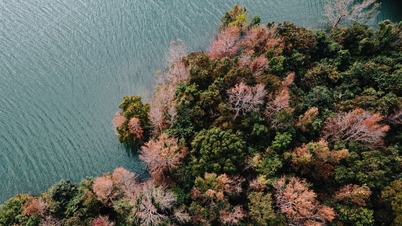

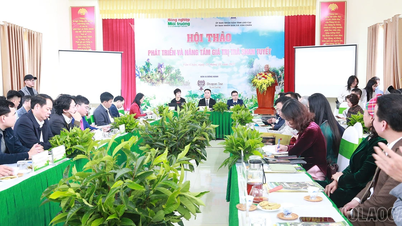


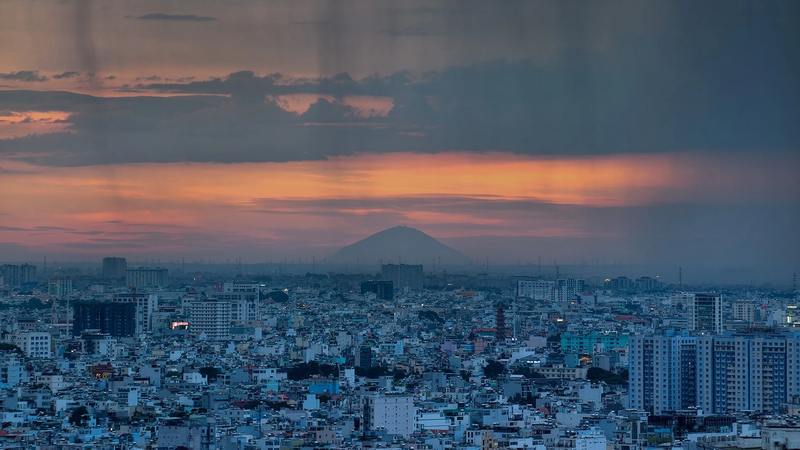
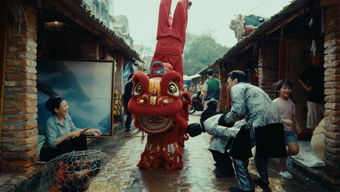

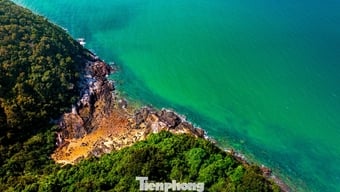
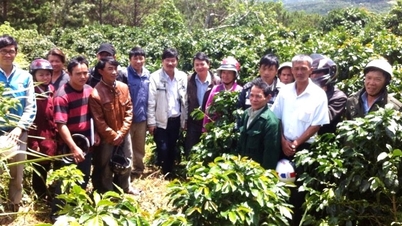
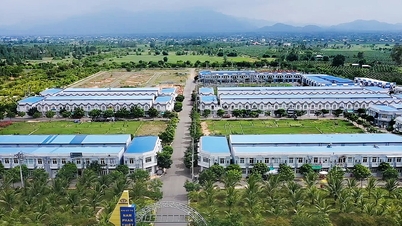


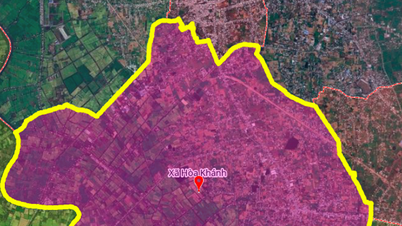
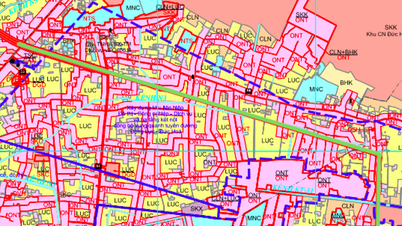






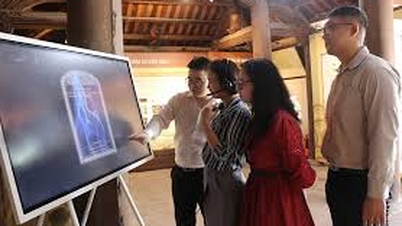

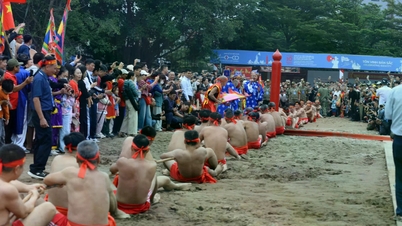

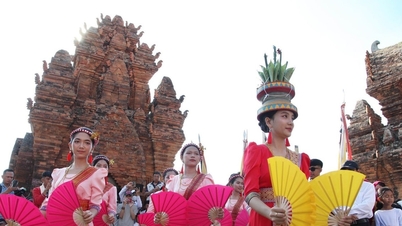
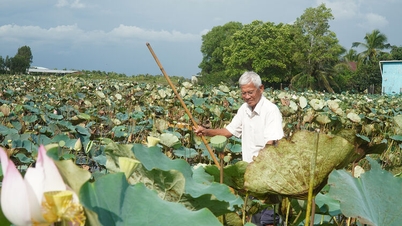

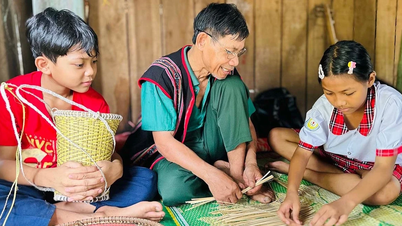

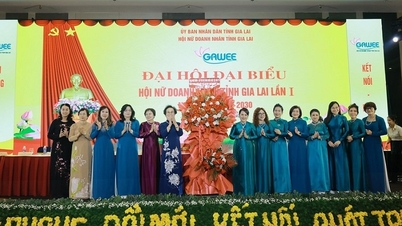

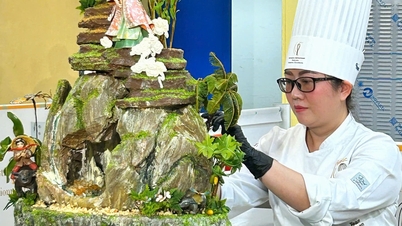


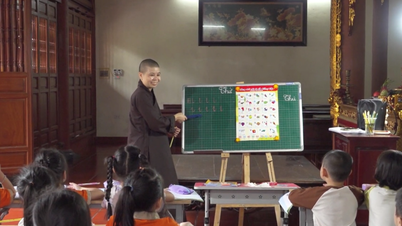



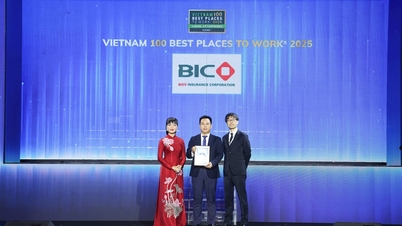






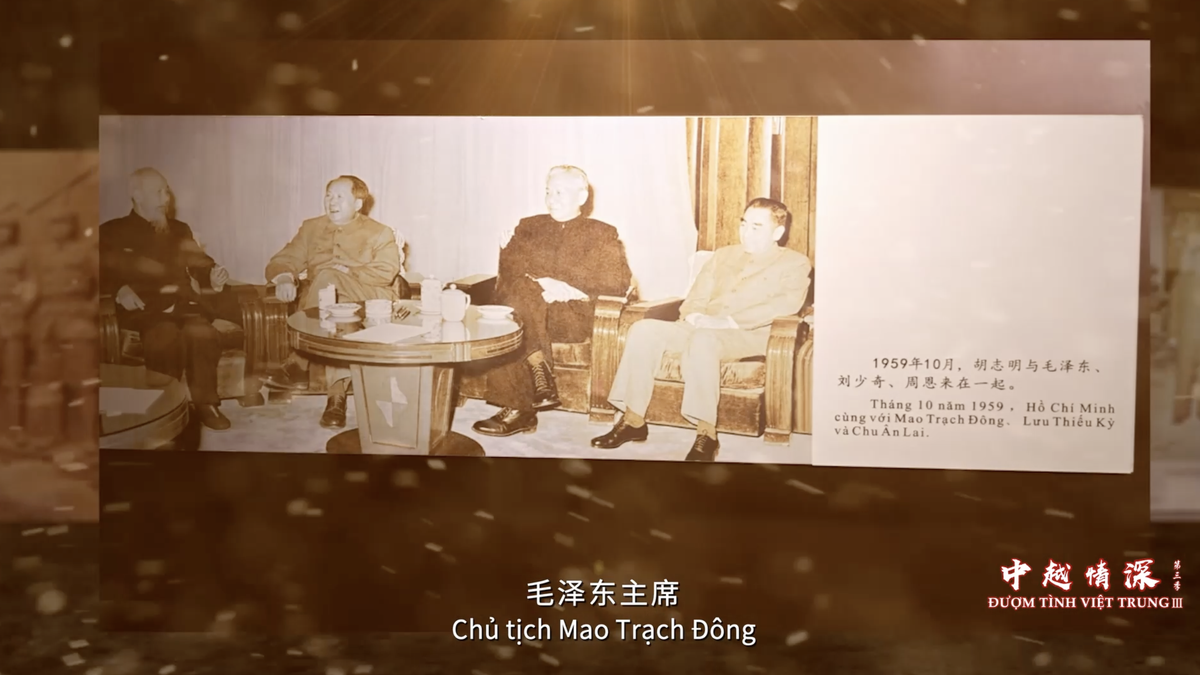
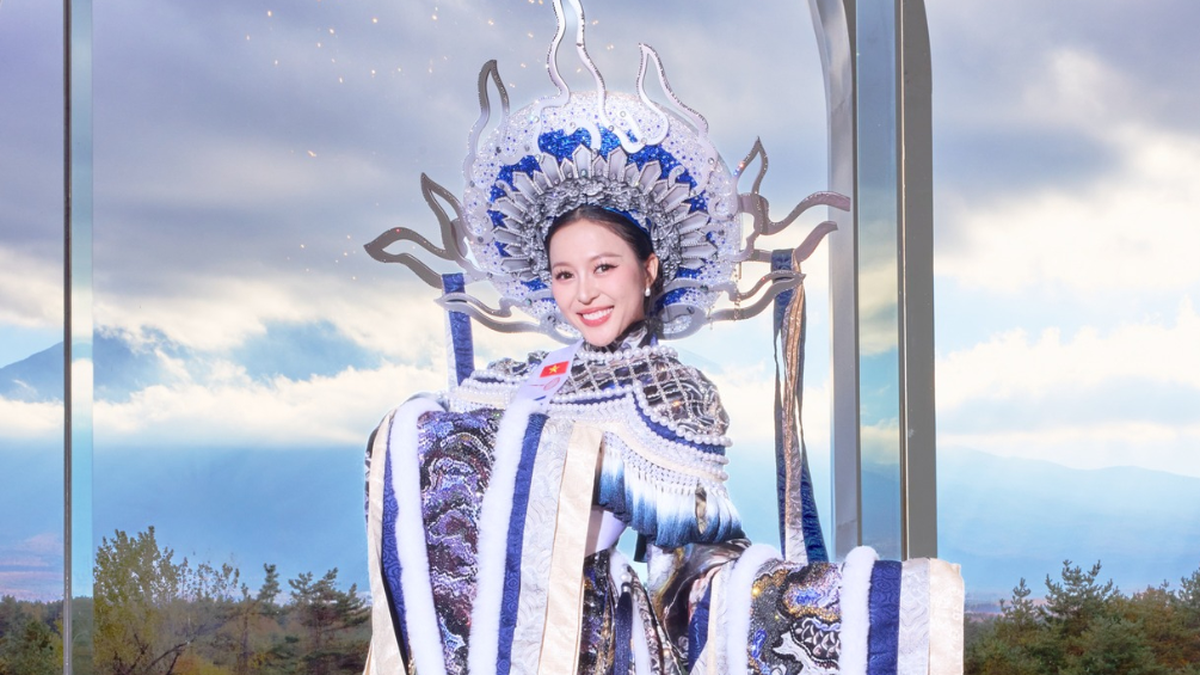
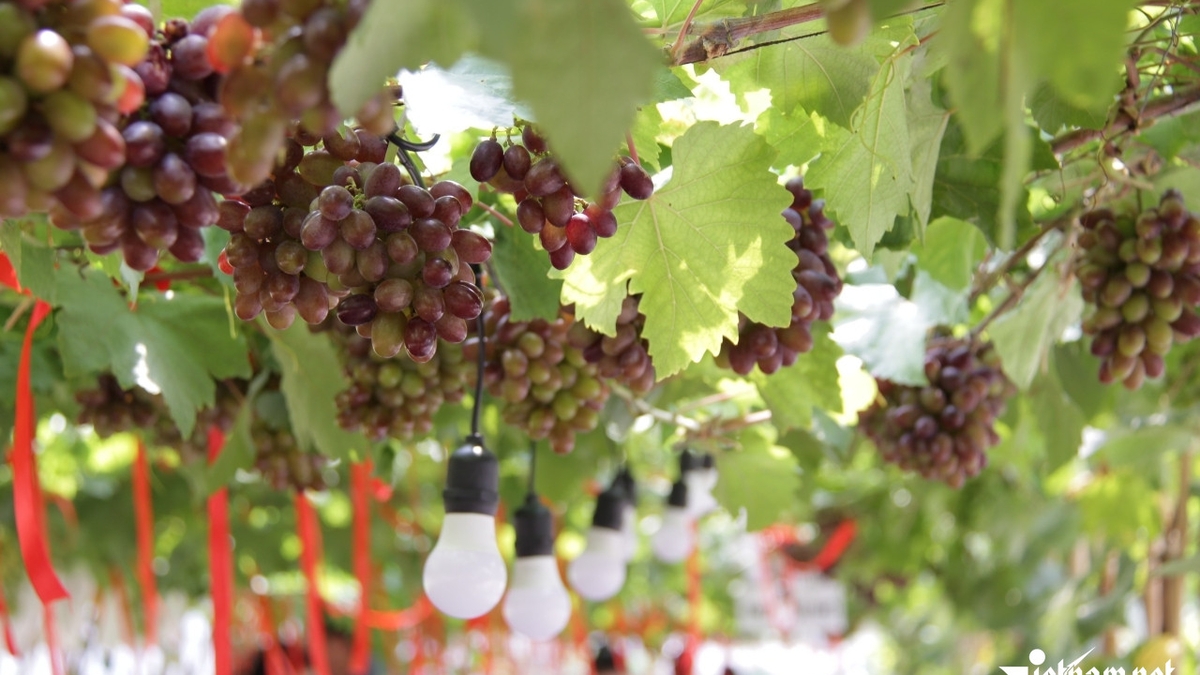
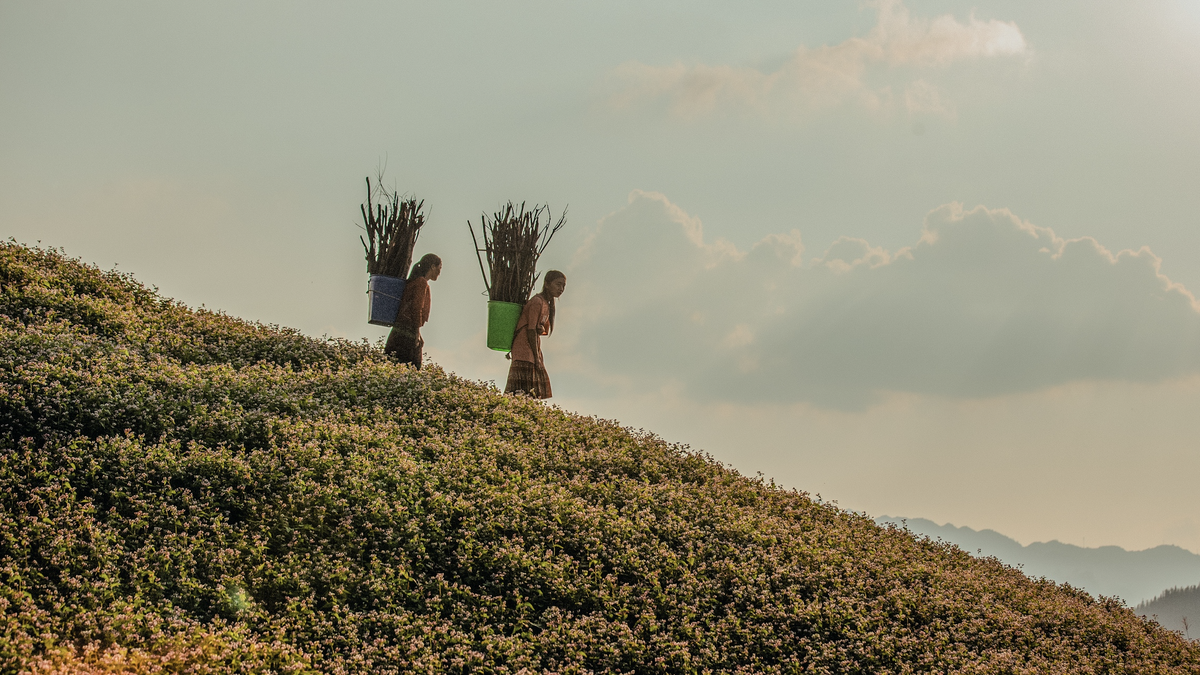

















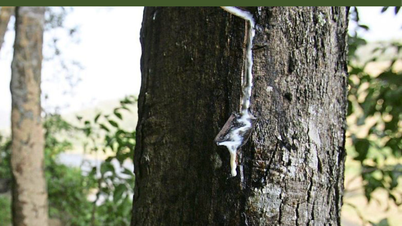



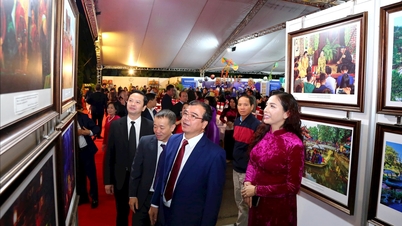

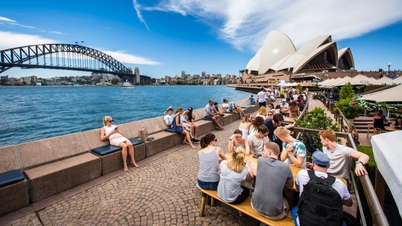


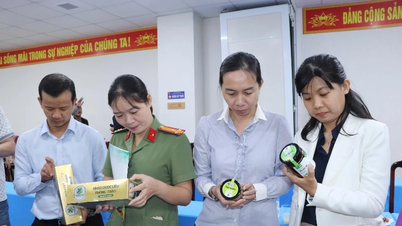

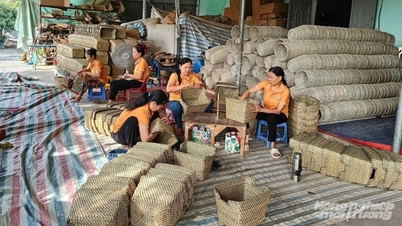

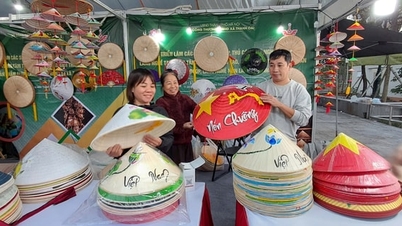

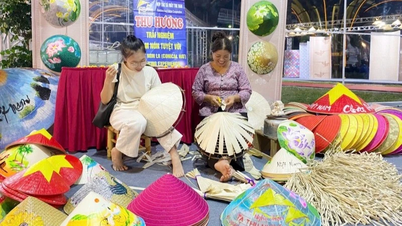








Comment (0)